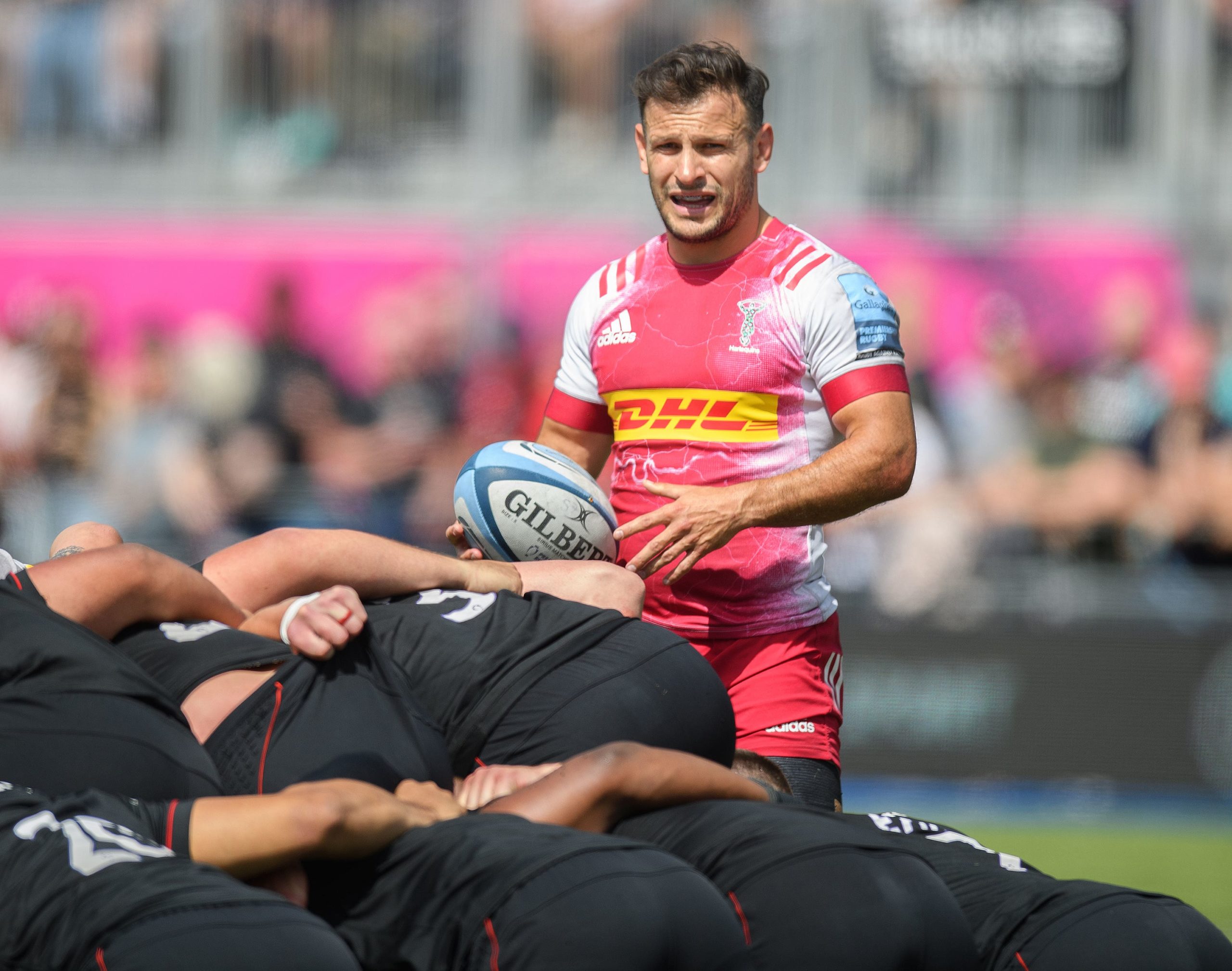
 A cracking start to the season has seen some high scoring games and some unexpected results, including big losses for Leicester and Harlequins. Yet despite that there is already a familiar look to the Premiership table as the millionaires’ clubs dominate the top of the table and newly-promoted London Welsh are rooted to the bottom.
A cracking start to the season has seen some high scoring games and some unexpected results, including big losses for Leicester and Harlequins. Yet despite that there is already a familiar look to the Premiership table as the millionaires’ clubs dominate the top of the table and newly-promoted London Welsh are rooted to the bottom.
True we are just three games into what is a long season but there is this constant feeling of déjà vu where you can almost write the script for the season before it starts!
What should be a worrying concern is the number of injuries, many relatively serious that have already occurred.
The news that Henry Trinder and Tom Youngs have been added to that list, both suffering shoulder injuries that will see them out of the game for a number of weeks, should raise questions as to the fitness and technical training that is being given to all players.
It may be that time has coloured my view, but I don’t remember so many players suffering injuries in pre and early season games back in the amateur days.
I do, however, remember that potential injury was a concern raised by the RFU fitness guru (Loughborough’s Rex Hazeldine) at the time when the game was in transition.
After the first World Cup in 1987 the world of rugby changed forever as a cobbled together competition that a number of the Unions thought was a waste of time, caught the public’s imagination and took off.
From nowhere the World Cup became the premier rugby competition and a major force driving the finances of the game.
So much so, that it changed the focus for the Home Unions from preparing for an annual event (the Six Nations) to a four-year cycle with a degree of succession planning thoroughout.
As a player, that meant upgraded training sessions from what had been something similar to club training (a bit of circuit training, some semi opposed play and a scrum session while that backs went off to wash their hair), to a fully scheduled athletic workout including sprint training, weights, plyometrics and various forms of cross training.
The RFU had experimented with athletic training just before the1987 Cup with some measurable success, so the following year the then technical director, Don Rutherford, bought in Hazeldine to structure a new training system for the England squad.
Rex made a massive impact on the fitness of the squad and many of the practices and training disciplines now used by club and country were first introduced at that time.
Rex once said to me that he was a little worried that the drive to make us ‘athletes’ could have consequence in terms of the number of injuries and recovery time.
As he said it, “When Sebastian Coe rounds that last bend he is not hit by a 17st prop and expected to get up and carry on, you are not athletes, you are rugby players.”
As players got fitter, they reduced the levels of body fat while increasing muscle, which is not as good at absorbing impacts making hematomas deeper thus taking longer to heal.
One major difference between now and then is that we had already learned the technical skills required to play the game.
As a young player growing up in the game, the emphasis at every level – school, county, division – was on the technical skills needed to play your position, not on making you ‘big enough’ to play it.
As a schoolboy my training programme was playing the game and when I graduated to club rugby it remained the same. It was only as I moved up to senior club rugby that I attended training sessions, preferring to play as many games as I could (sometimes as many as three in a week) early in the season to get match fit.
In my opinion, modern players seem intent on gym work and building muscle mass to enable them to compensate for a lack of technical knowledge with pure power – but that comes at a price.
Dare I say Tom Youngs is an example. When an England hooker says he is afraid to hook the ball it can only be that he lacks confidence in his technical ability.
Youngs has proved he has the physique to play at international level but it is still an open debate as to whether he has the technical skills to hook at international level.
That statement is more a criticism of a system, including referees and coaches, that allows the systematic erosion of the specific technical expertise of players within areas of the game.
The crooked feed allowed by referees has let coaches pick players who can’t hook and don’t understand the techniques required to protect themselves while striking, adding to the risk of injury.
Tackling is another technical area that has seen change. Tackling was about stopping the opposition in a way that was ‘safe’ for you and them.
The modern chest high hit has the potential to injure both the opposition and tacklers who are coached physically to throw themselves into the player in an attempt to kill the ball.
Injuries can happen because players are technically not fit for purpose, not because they are physically unfit.
The ‘big is best’ attitude where size is everything with no thought to the potential risk of injury has forgotten or misunderstood one of the most important pillars on which the game is built.
It is a game for all shapes and sizes with a position for each, not a one-size power player fits all.
*This article was first published in The Rugby Paper on September 28.

1 Comment
You must be logged in to post a comment Login
Leave a Reply
Cancel reply
Leave a Reply
You must be logged in to post a comment.

English Championship
What the new Championship format could mean for English rugby



























Pingback: web